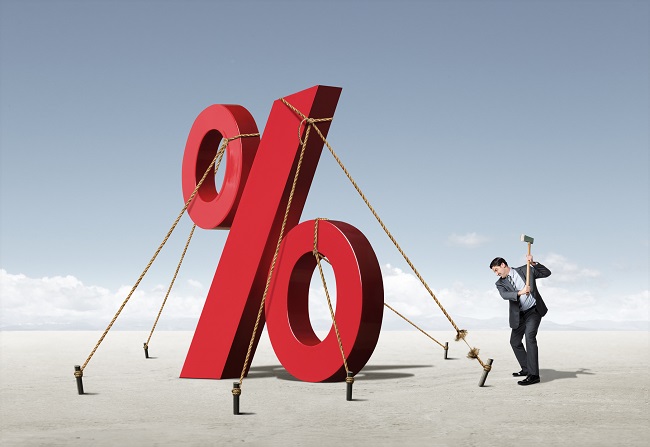
This article was first published in the Globe and Mail on March 23, 2024. It is being republished with permission.
by Tom Bradley
The business media is obsessed these days with the possibility (or hope) of interest-rate cuts, the depth and timing of the next recession, the U.S. election and artificial intelligence. Of these, only AI, which has the potential to change how business is done, will have an important impact on long-term portfolio returns. For investors, the other topics are short-term noise.
Unfortunately, the noise obscures important trends and innovations that will have a greater effect, even if they don’t move markets tomorrow or next week. I’m talking about trends that are progressing slowly and thus garner little attention. Things that you want to get on board and ride with, as opposed to fight against.
Some themes are durable, inevitable and highly visible. Things such as demographic shifts and the electrification of the economy. The impact that aging baby boomers will have on health care, consumption and pickleball equipment is undeniable. And the energy transition will lead to lasting and profound change, no matter what form it takes. There will be companies left behind, perhaps even some big ones such as the incumbent auto companies, but also many exciting investment opportunities.
Some underlying themes can’t be fully assessed until years later. The most powerful and enduring trend of my investment career was the 40-year decline in interest rates, from the high teens to almost zero. Few anticipated that globalization and digitization would have the lasting impact on inflation that they did. There were investors who rode the trend for periods of time, but I can’t recall anyone correctly calling the length and magnitude of the decline.
The adjustment to more normal interest rates that the economy is going through now won’t last 40 years, but this week Brian Moynihan, the chief executive officer of Bank of America, described the required restructuring in commercial real estate as a “slow burn.” It will take time for the refinancing cycle to play out and the price gap between buyers and sellers to narrow.
Higher rates don’t just hit real estate. All businesses are affected, particularly those being funded by private equity and/or selling products that require debt financing (for example, appliances, home renovations, automobiles).
Mirroring the interest rates cycle was a massive buildup of debt, which is a trend that may be about to pivot. Governments everywhere have had their foot on the stimulation gas pedal (spend now, pay later), but there’s now little fuel left in the tank and the brakes will need to be used. We should be prepared for higher taxes and user fees, less government largesse, even during economic slowdowns, and more private funding of much needed infrastructure.
While debt-related trends are slow moving train wrecks and should be avoided, there are others that you want to be onside with.
Consolidation is a long-standing trend that will continue to benefit investors. The mega firms are starting to run into antitrust issues, but most industries have decades of consolidation ahead of them.
Supply chain resilience is the new catch phrase. Companies are diversifying their sources of production away from China. Smaller Asian countries and Mexico stand to gain from this shift.
And then there’s AI (and other technological innovations). The excitement about AI has been likened to the hype around the web in the late 1990s. In hindsight, the web far exceeded expectations. We won’t know whether AI will live up to the hype until years from now, but the early indications are impressive.
The second and third order effects of AI will allow non-tech companies to lower costs and redefine customer service. Perhaps the most exciting outcomes will be in health care where a rapid acceleration of drug discovery is already evident.
Suffice it to say, we’re going through a fascinating time when massive economic and technological trends are starting, ending, and pivoting. I’ve just scratched the surface here.
We have a front-row seat to watch it all unfold, so perhaps it’s the time to put on your noise cancelling headphones and spend more time thinking about the long-term drivers of investment returns and less on idle speculation about rates, recessions and elections.
We're not a bank.
Which means we don't have to communicate like one (phew!). Sign up for our Newsletter and Blog and join the thousands of other Canadians who appreciate the straight goods on investing.

